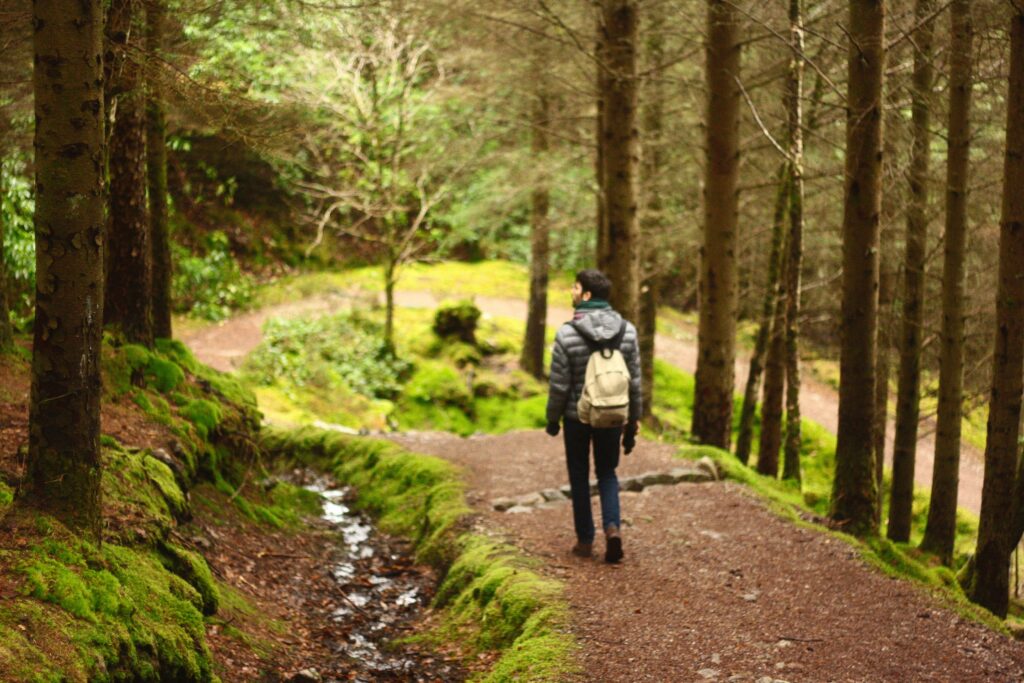Original Author: Alexa Seagrave
Since 1975, National Tree Week has encouraged us to enjoy and respect our beautiful surroundings and appreciate all the services that trees and woods bring to us. This is the best time of year for tree planting, so get out there and help our red squirrels by planting good food trees for them.
All squirrels need trees for their nutritious big seeds and during Autumn, they spend a lot of time burying tree seeds in caches for winter. They have excellent memories but not perfect, so some of the seeds they bury will sprout in Spring and have an excellent chance of surviving and growing to be giants; all helped by forgetful squirrels who planted their seeds.
This is the perfect time of year for planting trees. Trees are dormant in winter and will have time to establish their roots slowly at this time of year. This gives them the best chance to grow when warmer weather comes along in Spring. Trees provide us with so much; dappled shade on hot summer days, shelter in the rain, wood for furniture, houses and of course, warming winter fires. They are vital for providing food and shelter for a huge variety of creatures, great and small. Everything from bats, bugs and birds need them, as well as squirrels.
Red squirrels are often associated with conifer woods but they are just as happy in broad-leaf woods. Grey squirrels tend to beat them to the biggest tree seeds, like acorns, hazelnuts and beech mast in deciduous woods, but there are many other tree species that are good for only red squirrels. Fortunately many of the species that favour red squirrels are also small trees or shrubs that are good for planting in gardens – they also provide great food for other birds and wildlife and can help make your garden a wildlife haven. Planting species like blackthorn, hawthorn, crab apple, bird cherry, dog rose, guelder rose, holly and yew will help red squirrels in your area. Allow wild fruits like brambles and raspberries to survive in garden corners or in hedges, because squirrels like fruit as well as nuts! Other big conifer trees are great too, especially Scots pine, although these species will need to be fully mature (and therefore BIG) before they produce seed and cones.
Providing wild food is best for all wildlife but you can also provide supplementary food for squirrels. It is best to only provide food for squirrels where only red squirrels are present. Grey squirrels carry a deadly disease, called squirrel pox, that is easily transferred to red squirrels at feeders. If you feed the birds and have squirrels visiting too, it is vitally important that you regularly disinfect all feeders and bird tables. Use an animal-safe disinfectant, like Virkon, at least once a week to help prevent the spread of this killer disease.

